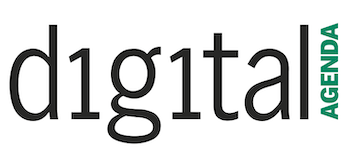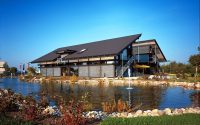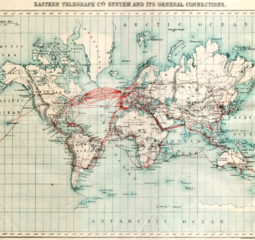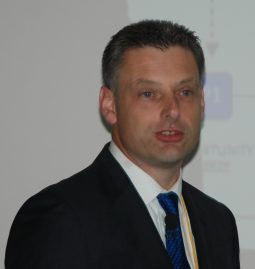Rising energy costs, dwindling resources and dependence on suppliers from unstable regions are some of the challenges that lie ahead for the manufacturing industry in forthcoming years. In this context, highly efficient 3D visualization can help.
By Sebastian Grimm, Editorial Writer of economic-engineering.de
Between 30 and 70 percent of the environmental impact of a product is generated during its development. The remaining impact is derived from its use and decommissioning. Every gram of CO2 and material that can be saved in this phase not only means a better environmental balance, but also saves money. A potential saving can be exploited with the application of 3D visualization technologies. Here are some of the most promising applications.
Saving expensive resources. Virtual representation with its advantages of interactivity, immersion in the product and realistic real-time visualization makes it easier to avoid physical prototypes. This not only saves costs, but also resources, in the form of steel, clay, wood or cardboard — and of course energy.
Avoiding waste. In the development of a product, unnecessary waste is often produced, for example as a result of errors that are detected too late. Products that have already been produced may have to be eliminated or revised. Many of these errors can be prevented thanks to the early use of 3D visualization.
Reducing travel needs. Communication difficulties, language barriers or different perspectives can necessitate business trips that could be avoided with the application of a collaborative 3D visualization environment. The virtual product leaves no room for misinterpretation and skips language barriers. The use of virtual products at trade shows also saves expensive transport.
Optimum utilization of existing resources. The ever increasing complexity of modern products leads to high requirements in terms of space and resource utilization. Thanks to 3D visualization, space can be optimized and even small gaps can be used to best effect. Among others this can help to reduct the weight of the product.
Repair-friendly design of products. The environmental friendliness of a product is reflected particularly in its maintenance properties. Products that can be easily maintained and repaired are used more intensively, ensuring sustainability and longer customer retention too. Thanks to 3D visualization technologies, the ease of service and maintenance can already be considered early in the product development process.
Production on demand. Versions of many products are developed and produced only to turn out unsalable. The background to this is uncertainty about the final customer needs. Thanks to 3D visualization, these customer needs can be identified much earlier and integrated directly into production.Efficient production. Today‘s production processes are primarily designed for the highest possible output in the least possible time. This approach, however, is no longer useful when demand declines. In addition, environmental aspects are neglected, such as noise or the role of the human being within the production process. The direct integration of 3D visualization into the production processes helps make processes more environmentally friendly, allowing visually changing processes on site and adaption to the work of the people.
So to summarize: Any error in product development means additional energy and resource consumption. 3D visualization avoids errors in the product development process very early on and that without the use of any real materials.











